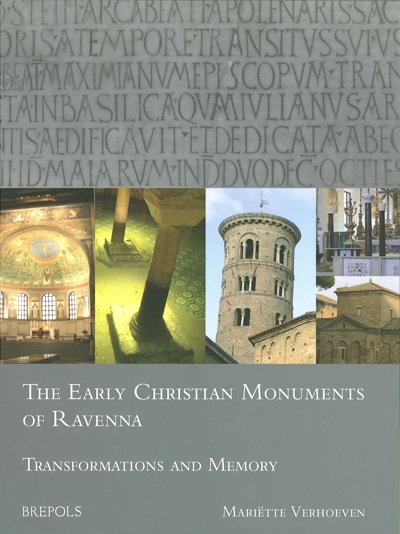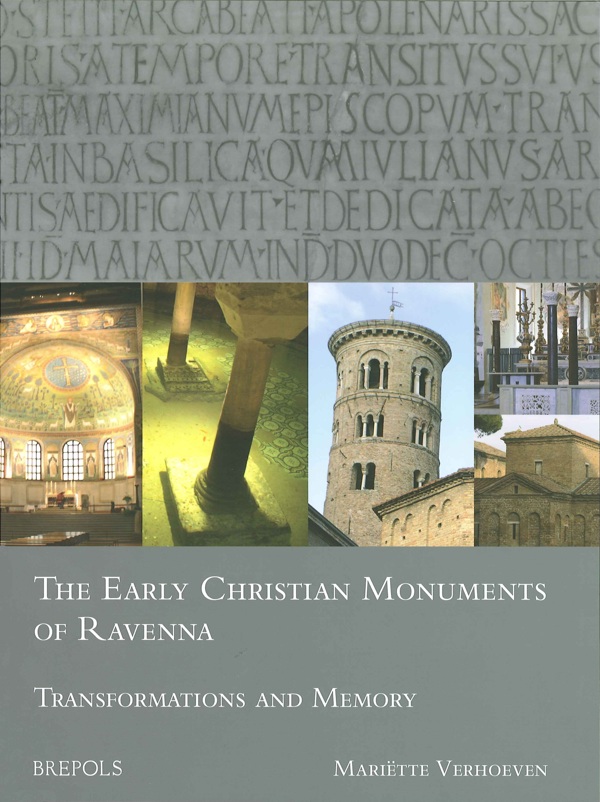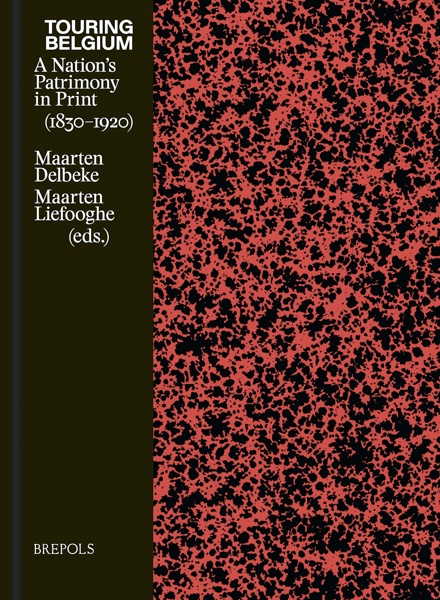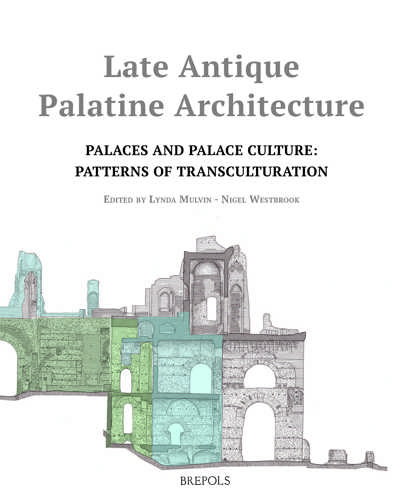
- Pages: 343 p.
- Size:220 x 280 mm
- Illustrations:82 b/w, 16 col.
- Language(s):English
- Publication Year:2011
- € 90,00 EXCL. VAT RETAIL PRICE
- ISBN: 978-2-503-54115-0
- Paperback
- Available
"Verhoeven chronicles changing ideas of Ravenna's past, and the enduring value placed upon the city's archaeology, through her careful attention to these later interventions." (Caroline Goodson, in: Medieval Archaeology, Vol. 57, December 2013, p. 344)
The provincial town of Ravenna in Northern Italy is famous for its Early Christian cultural heritage: churches and chapels, decorated with mosaics, which seem to have survived in their original state. However, these religious buildings, with famous examples like San Vitale, Sant’Apollinare in Classe and the Mausoleum of Galla Placidia, underwent many changes in the course of fifteen centuries of continuous use. This study takes the transformations of the monuments of Ravenna as a starting point to explore the city’s attitude towards its religious cultural heritage throughout the centuries. Together with the local historiographical sources, dating from Medieval and the Early Modern times, they provide a picture of the manner in which Ravenna experienced, appropriated and imagined its past. The findings are elaborated in seven chapters, addressing respectively the cult of saints; the relationship with Rome and with Constantinople; the alleged controversy between Orthodoxy and Arianism; the post-Tridentine period; the lost monuments and the restorations at the end of the nineteenth and the beginning of the twentieth century. By considering Early Christian Ravenna from the context of cultural memory, involving both material and written sources, new insights are yielded on a frequently researched subject.




